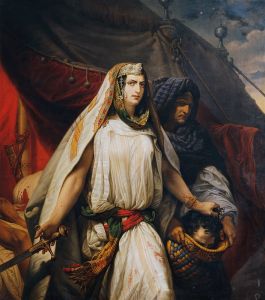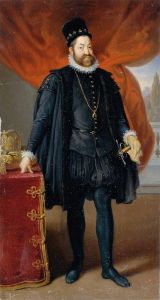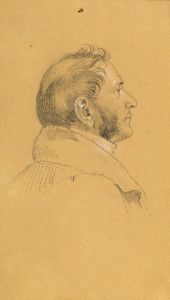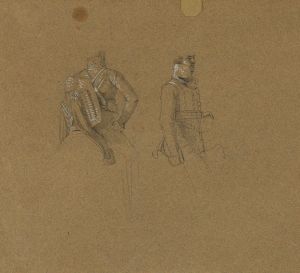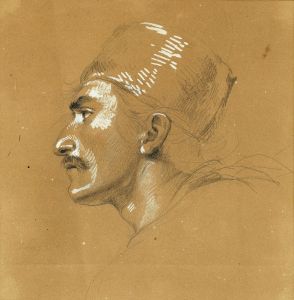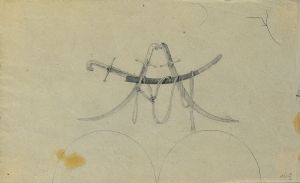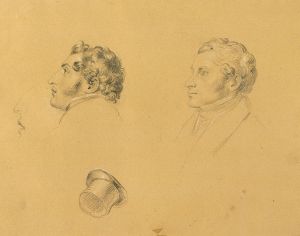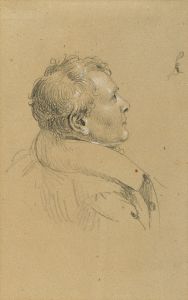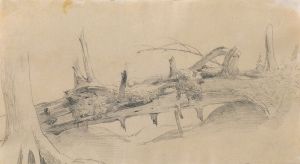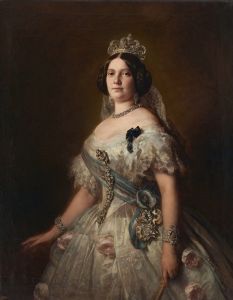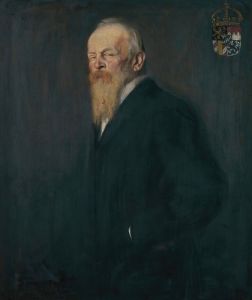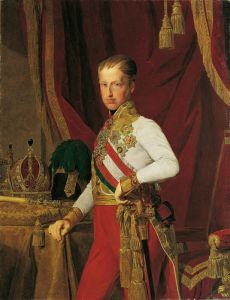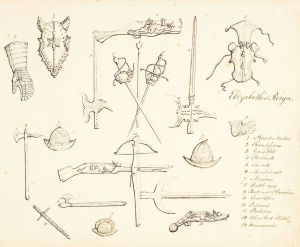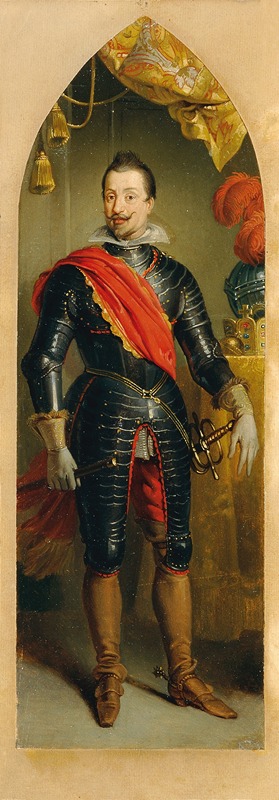
Kaiser Ferdinand II. stehend
A hand-painted replica of Johann Peter Krafft’s masterpiece Kaiser Ferdinand II. stehend, meticulously crafted by professional artists to capture the true essence of the original. Each piece is created with museum-quality canvas and rare mineral pigments, carefully painted by experienced artists with delicate brushstrokes and rich, layered colors to perfectly recreate the texture of the original artwork. Unlike machine-printed reproductions, this hand-painted version brings the painting to life, infused with the artist’s emotions and skill in every stroke. Whether for personal collection or home decoration, it instantly elevates the artistic atmosphere of any space.
Johann Peter Krafft was an Austrian painter known for his historical and genre scenes, as well as portraits. One of his notable works is "Kaiser Ferdinand II. stehend," a portrait of Emperor Ferdinand II. This painting reflects Krafft's skill in capturing the likeness and character of his subjects, as well as his attention to detail and use of color.
Ferdinand II was Holy Roman Emperor from 1619 to 1637, a period marked by significant religious and political turmoil in Europe, particularly the Thirty Years' War. As a staunch Catholic, Ferdinand II played a crucial role in the Counter-Reformation, working to restore Catholic dominance in the Holy Roman Empire. His reign was characterized by efforts to consolidate power and suppress Protestantism, which led to widespread conflict and upheaval.
Krafft's portrait of Ferdinand II likely depicts the emperor in a dignified and authoritative manner, reflecting his status and influence. The painting would have been intended to convey the power and legitimacy of Ferdinand's rule, as well as his commitment to the Catholic cause. Krafft's ability to portray his subjects with such depth and realism made him a sought-after portraitist in his time.
The painting "Kaiser Ferdinand II. stehend" is an example of Krafft's mature style, which combines elements of Neoclassicism with a keen sense of realism. Krafft was known for his meticulous attention to detail, which is evident in the careful rendering of textures and fabrics in his portraits. His use of light and shadow adds depth and dimension to the figures, enhancing their presence and impact.
Krafft's work was highly regarded during his lifetime, and he held several prestigious positions, including director of the Academy of Fine Arts in Vienna. His portraits were appreciated not only for their technical skill but also for their ability to capture the essence of the individuals he painted. "Kaiser Ferdinand II. stehend" would have been no exception, serving as both a historical document and a work of art.
While specific details about the painting "Kaiser Ferdinand II. stehend" may be limited, it is clear that Krafft's work contributed to the visual documentation of important historical figures and events. His portraits remain valuable for their artistic merit and historical significance, offering insights into the people and times they depict.
Overall, Johann Peter Krafft's "Kaiser Ferdinand II. stehend" exemplifies the artist's talent for portraiture and his ability to convey the power and presence of his subjects. Through his work, Krafft has left a lasting legacy in the world of art, providing a window into the past and the figures who shaped it.






